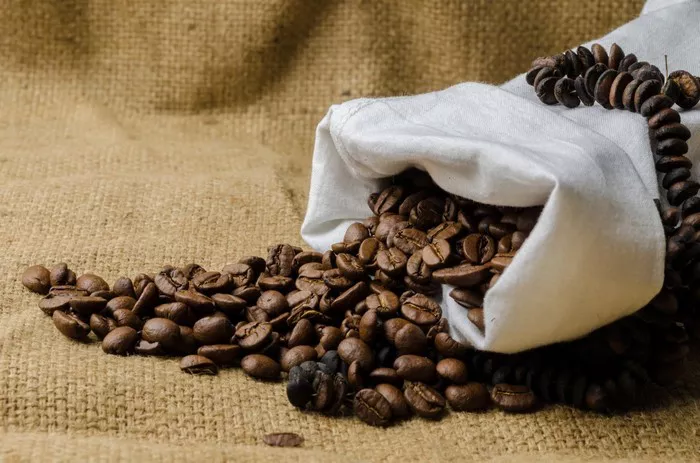Coffee, the beloved elixir that fuels our mornings and punctuates our days with moments of bliss, is a complex beverage cherished for its aroma, flavor, and invigorating properties. But what happens when the freshness of that cherished brew begins to wane? In the pursuit of preserving the peak qualities of coffee, proper storage becomes paramount. In this comprehensive guide, we delve into the intricacies of coffee storage, exploring the factors that affect freshness and unveiling the best practices to maintain optimal flavor and aroma.
Understanding Coffee Freshness:
Before delving into storage techniques, it’s crucial to grasp the concept of coffee freshness. Coffee beans, whether whole or ground, are perishable commodities. They undergo chemical changes over time, primarily due to exposure to oxygen, moisture, light, and heat. These factors accelerate the degradation of coffee’s flavor compounds, resulting in a loss of aroma and taste.
Factors Affecting Coffee Freshness:
A. Oxygen Exposure:
Oxygen is the primary culprit behind coffee degradation. When coffee comes into contact with oxygen, a process known as oxidation occurs, leading to the breakdown of aromatic compounds and the formation of stale flavors. Minimizing oxygen exposure is thus vital in preserving coffee freshness.
B. Moisture:
Moisture is another adversary in the battle against coffee degradation. Excessive moisture can lead to mold growth and the absorption of unwanted odors, compromising the integrity of the coffee beans. Protecting coffee from moisture is essential for maintaining its quality.
C. Light:
Light, particularly UV rays, accelerates the deterioration of coffee by promoting oxidation. Exposure to light can cause the degradation of delicate flavor compounds, resulting in a loss of freshness and vibrancy. Shielding coffee from light is crucial for preserving its quality.
D. Heat:
High temperatures can expedite the staling process of coffee, causing volatile compounds to evaporate and altering the flavor profile. Storing coffee in a cool environment is essential to prevent heat-induced degradation and maintain its freshness over time.
Best Practices for Storing Coffee:
A. Choosing the Right Container:
The container plays a pivotal role in preserving coffee freshness. Opt for containers made of opaque, airtight materials such as ceramic, stainless steel, or dark-tinted glass. These containers provide protection against light and oxygen, safeguarding the delicate flavors of the coffee beans.
B. Whole Beans vs. Ground Coffee:
Whole coffee beans have a longer shelf life compared to pre-ground coffee due to their reduced surface area exposed to oxygen. Whenever possible, opt for whole beans and grind them as needed to maximize freshness. If using pre-ground coffee, store it with extra care to minimize exposure to oxygen.
C. Store in a Cool, Dark Place:
The ideal storage environment for coffee is cool, dark, and dry. Choose a pantry or cupboard away from direct sunlight and heat sources such as stoves or ovens. Avoid storing coffee near appliances that emit heat, as this can accelerate degradation.
D. Avoid Refrigeration and Freezing:
Contrary to popular belief, refrigerating or freezing coffee is not recommended. The fluctuating temperatures and condensation in these environments can cause moisture to accumulate, compromising the quality of the coffee. Additionally, coffee has a porous structure that can absorb odors from the fridge or freezer, resulting in off-flavors.
E. Use Proper Sealing Techniques:
Ensure that your coffee container is tightly sealed to prevent oxygen from infiltrating. Invest in quality canisters or bags with one-way degassing valves, which allow carbon dioxide to escape without permitting oxygen ingress. Resealable bags with zip locks can also offer adequate protection for short-term storage.
F. Consider Vacuum Sealing:
For long-term storage or if you anticipate infrequent coffee consumption, vacuum sealing can be an effective method to prolong freshness. Vacuum sealers remove air from the container, creating a vacuum environment that inhibits oxidation and preserves the coffee’s quality for an extended period.
Monitoring Freshness:
A. Establishing a Rotation System:
To ensure that you’re always brewing with fresh coffee, establish a rotation system based on purchase dates. Label your coffee containers with the date of purchase and consume them within a reasonable timeframe to prevent staleness. This practice ensures that you’re enjoying coffee at its peak flavor.
B. Conducting Sensory Evaluations:
Regularly assess the aroma, flavor, and overall quality of your coffee through sensory evaluations. Pay attention to subtle changes in taste and aroma, as these can indicate the onset of staleness. By honing your sensory skills, you’ll become adept at discerning the nuances of fresh coffee.
C. Experimenting with Storage Methods:
Coffee storage is not one-size-fits-all, and experimentation may be necessary to find the optimal method for your preferences. Test different storage containers, environments, and sealing techniques to determine what works best for preserving the freshness of your coffee.
Conclusion:
In the realm of coffee appreciation, freshness reigns supreme. By understanding the factors that influence coffee degradation and implementing proper storage techniques, you can savor the nuanced flavors and aromas of freshly brewed coffee with each cup. Whether you’re a casual coffee enthusiast or a connoisseur seeking perfection, prioritizing coffee storage is key to unlocking the full potential of your favorite brew. Embrace the art of preservation, and elevate your coffee experience to new heights of excellence.


